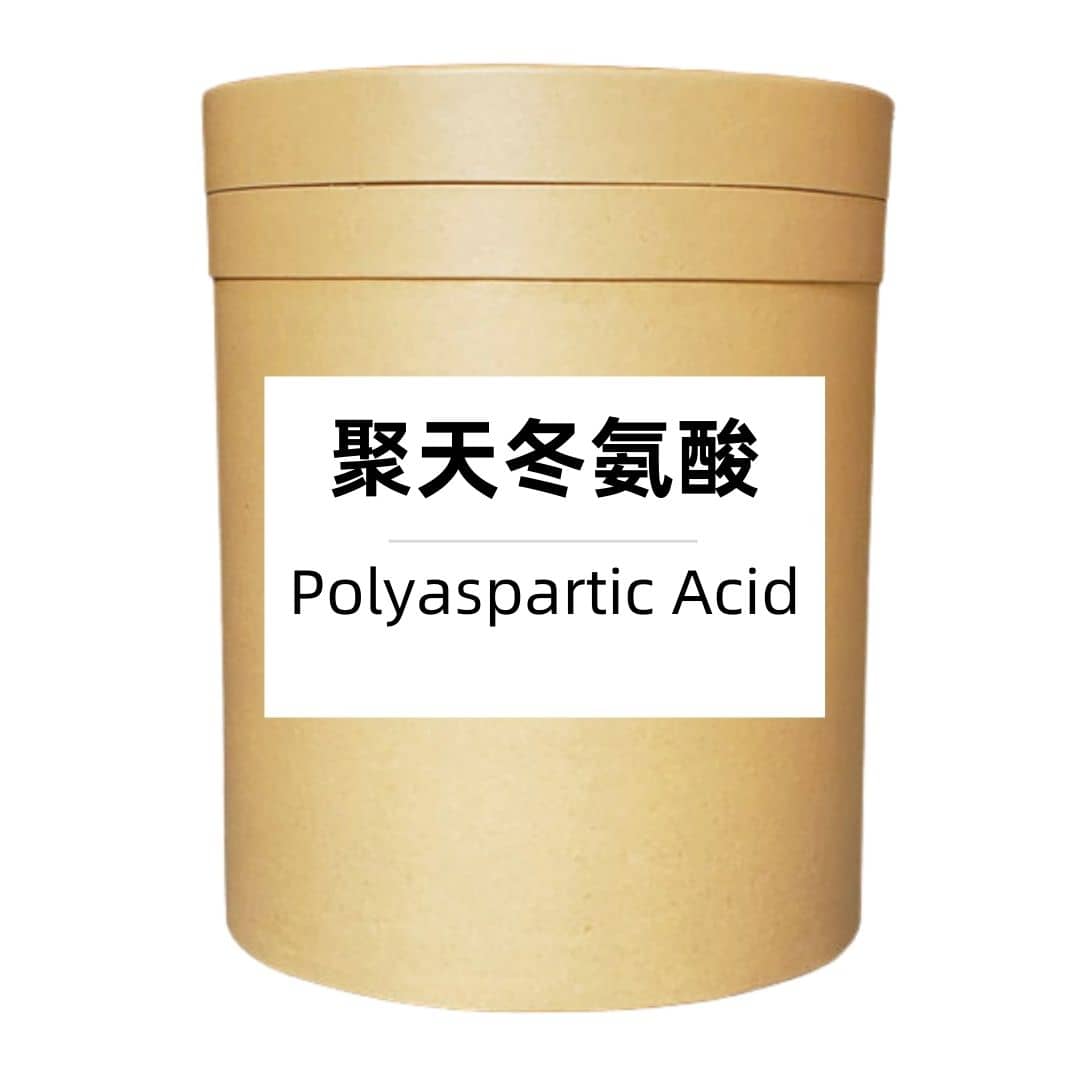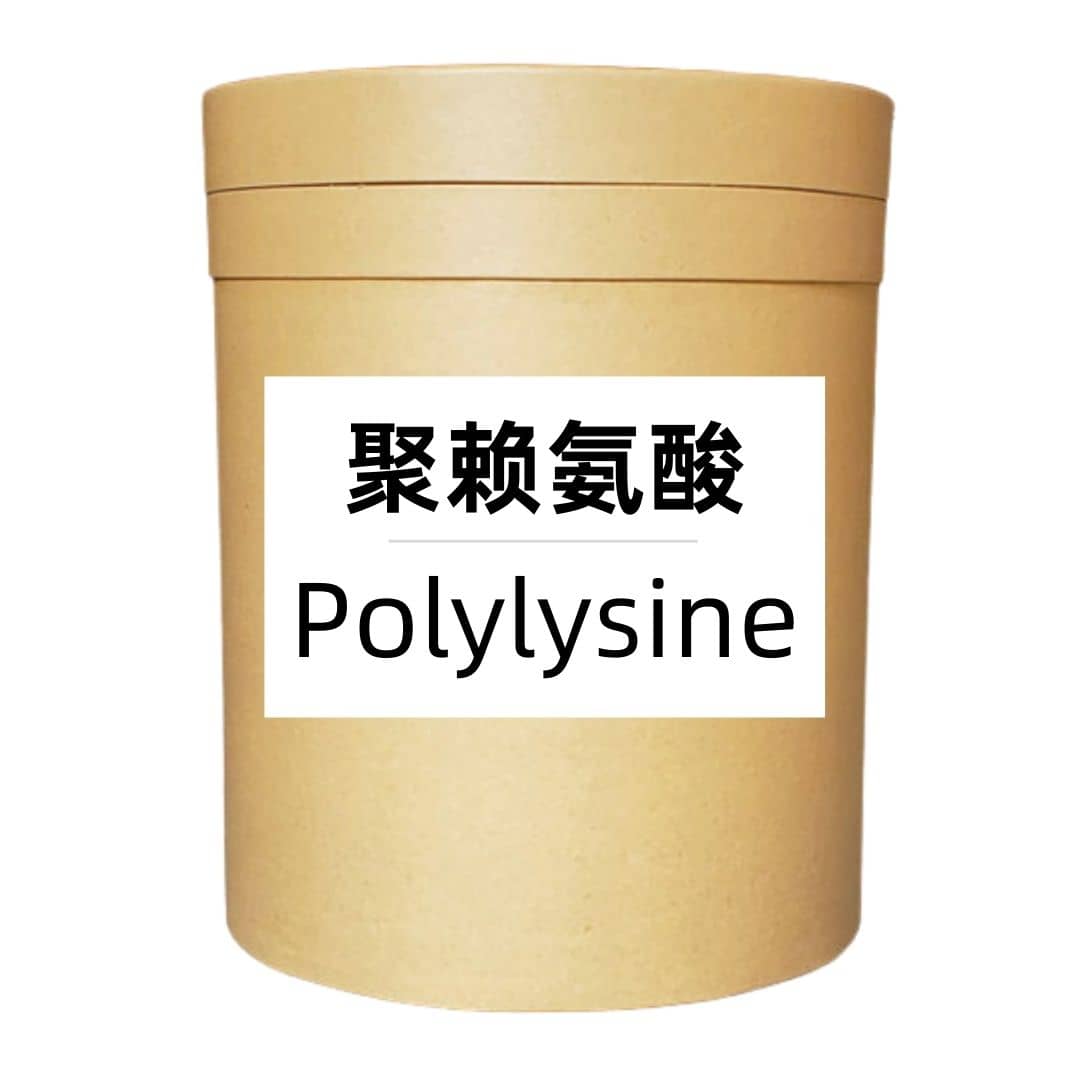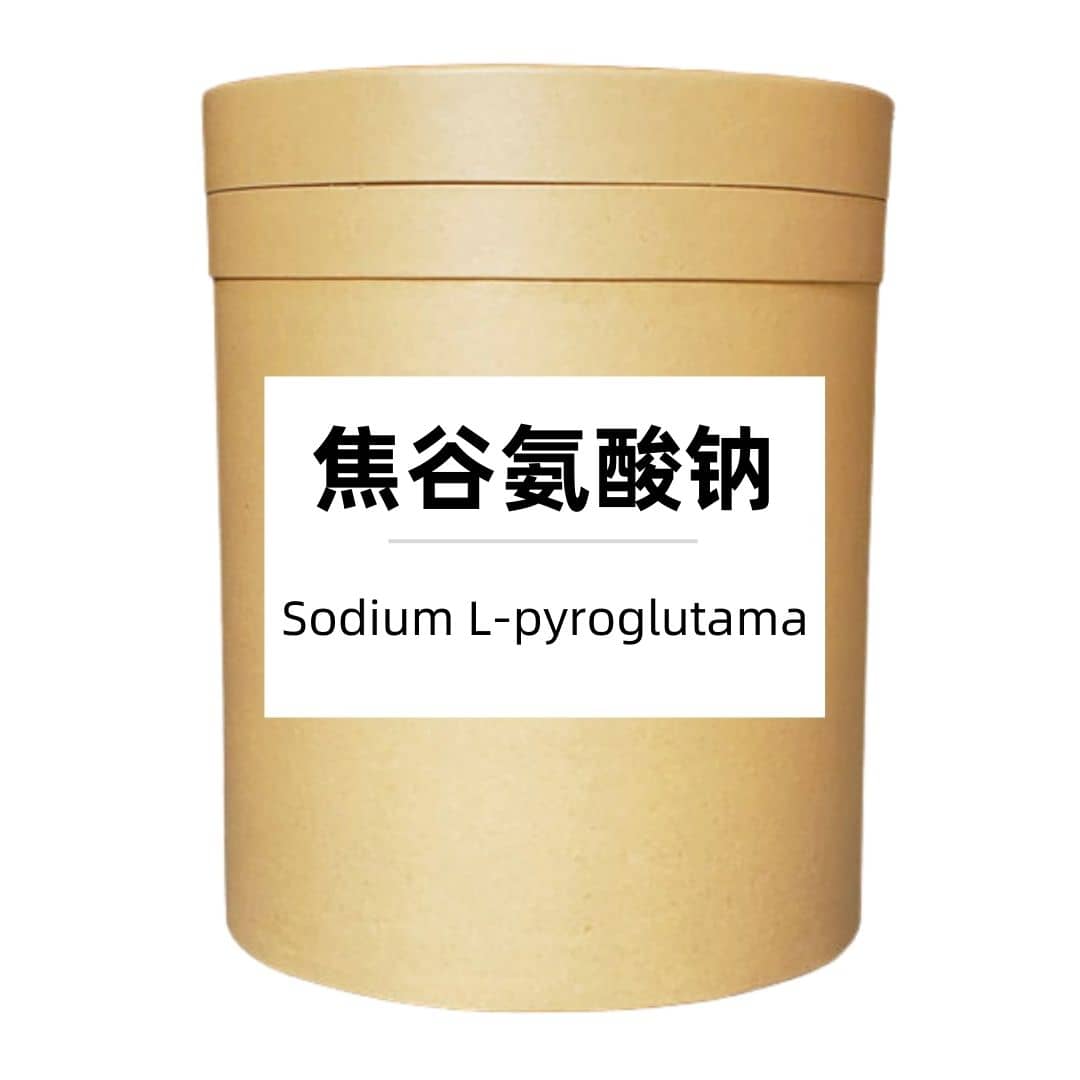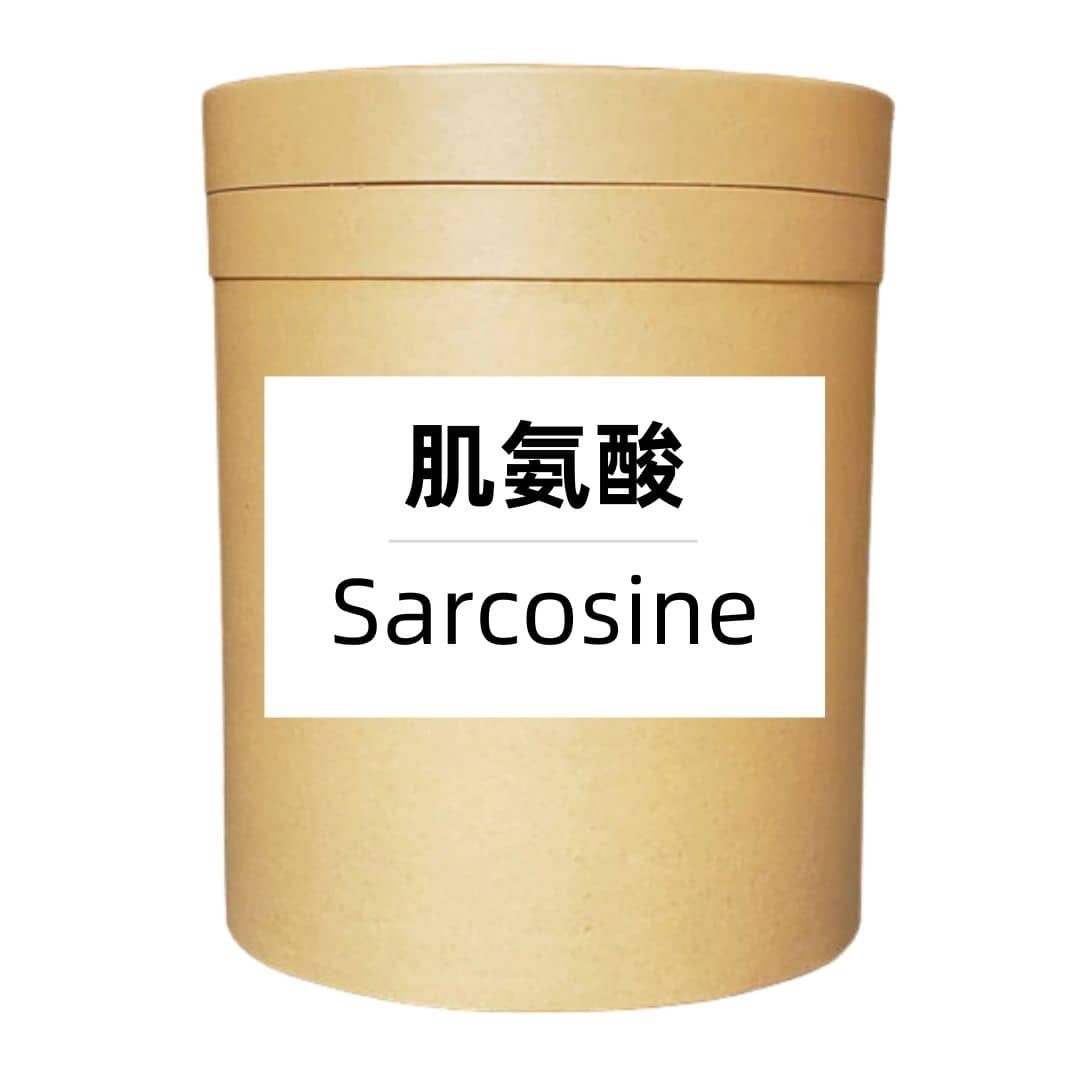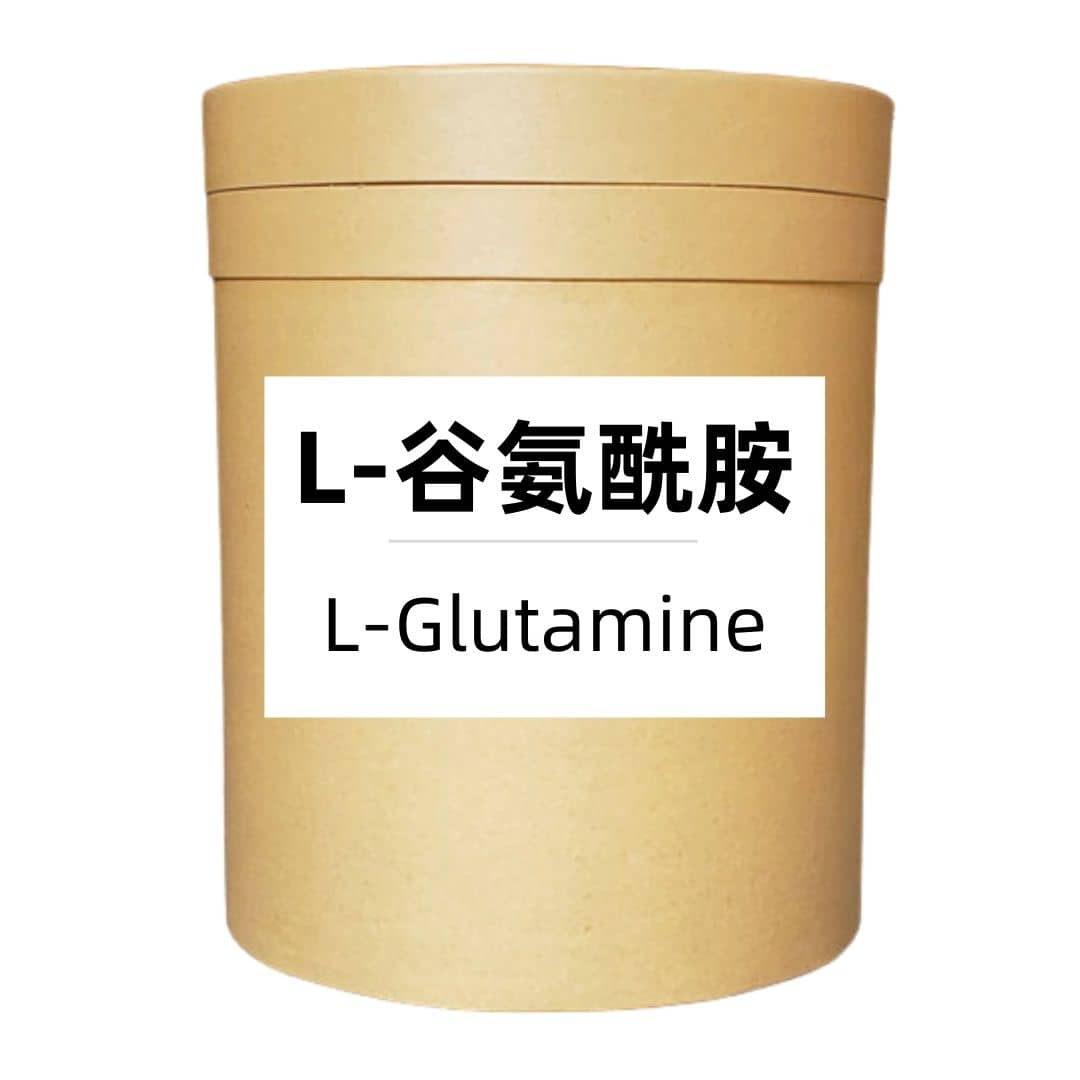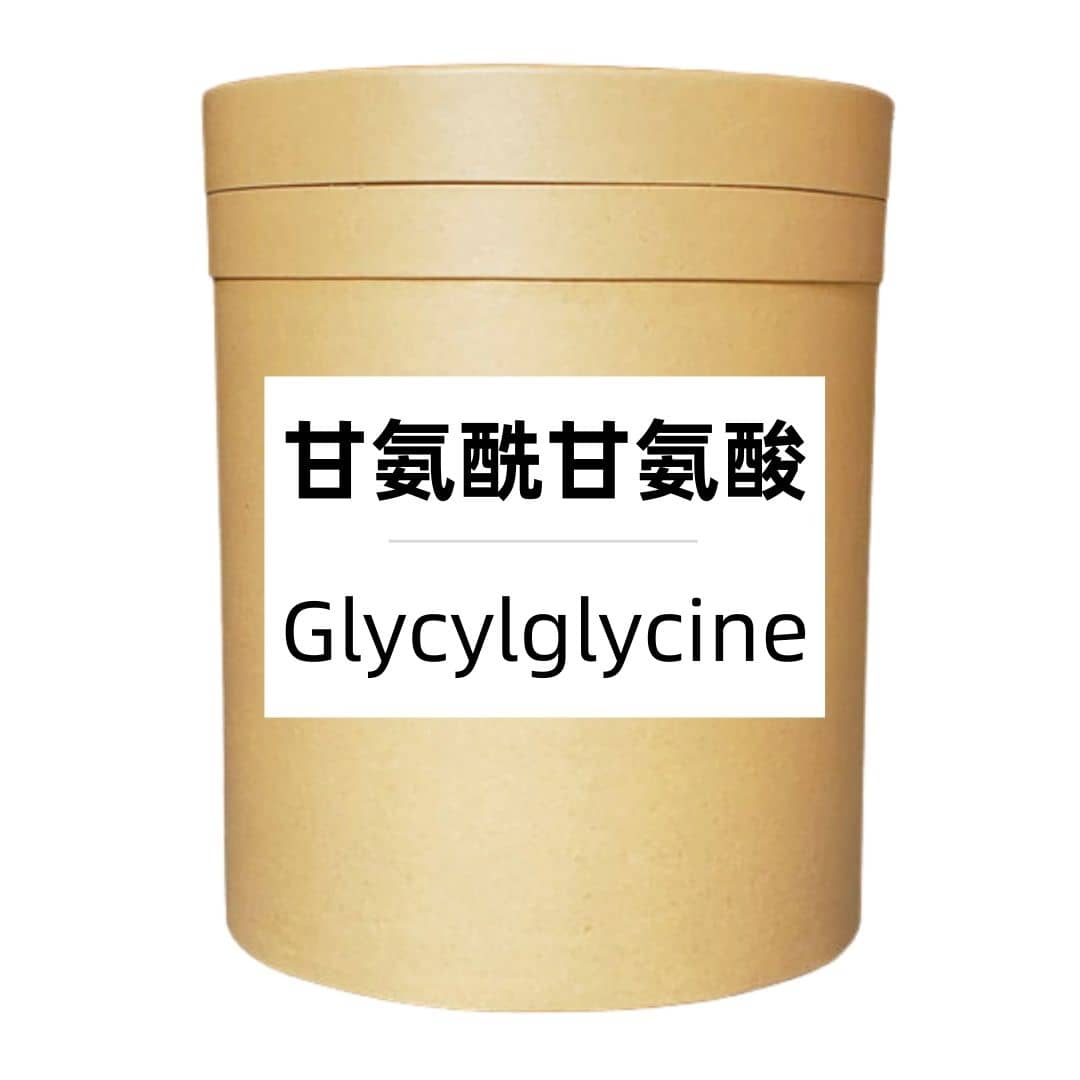Product Introduction
dl-alanine, a non-essential amino acid, is commonly found in many protein-rich foods. It plays a role in various metabolic functions, serving as a building block for proteins. This amino acid exists in two forms: D-alanine and L-alanine, with the "dl" prefix indicating a mixture of both enantiomers. Its properties make it useful in various applications ranging from food additives to supplements.
Production Process
The production of dl-alanine typically involves fermentation or chemical synthesis. In fermentation, specific bacteria are cultivated to produce amino acids from carbohydrates. Chemical synthesis can involve reactions of pyruvic acid with ammonia. Both methods ensure that the final product is of high purity and suitable for various applications.
Effects and Functions
dl-alanine plays a significant role in the metabolism of glucose, providing energy directly within muscle cells. It is also vital for the synthesis of other amino acids, particularly in the formation of proteins. By assisting in energy production, it can help with stamina during physical activities. Additionally, dl-alanine supports the immune system, making it an important player in overall health.
Application Scenarios
dl-alanine is widely used in the food industry as a flavor enhancer and nutrient supplement. It’s prevalent in dietary supplements aimed at athletes and bodybuilders looking to improve performance and recovery. In pharmaceuticals, it can be found in formulations designed for metabolic support. The versatility of dl-alanine makes it suitable for numerous industries.
Packaging and Storage
Storage Conditions: The product should be sealed, protected from light, kept away from high temperatures, and stored in a dry, cool, and well-ventilated place.
Packaging: Bulk packages are available at 25 kg per fiber drum, while samples can be obtained in 1 kg aluminum foil bags. Custom packaging is available upon request.
Shipping Methods: The product can be shipped via FedEx, DHL, dedicated logistics, and sea freight consolidation.
Shelf Life: Two years.
Monica Sun possesses extensive technical expertise and market insights in the food additives industry. She excels in designing efficient and safe additive formulations tailored to various food applications, ranging from sweeteners to functional dietary fibers. Monica has successfully assisted food manufacturers in optimizing ingredient combinations to enhance product quality and improve consumer satisfaction.









